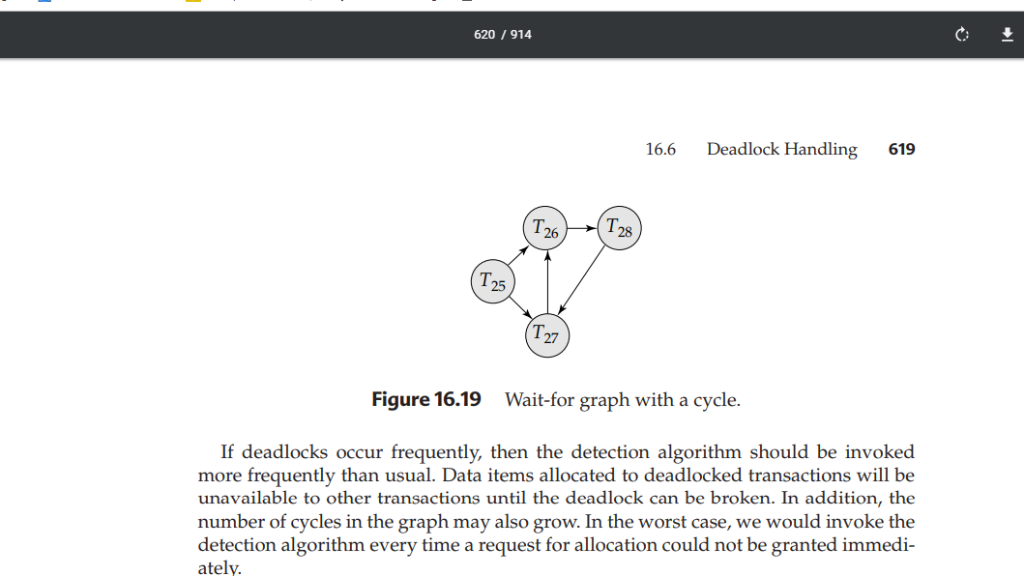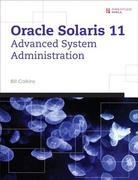Answered step by step
Verified Expert Solution
Question
1 Approved Answer
When a detection algorithm determines that a deadlock exists, the system must recover from the deadlock. The most common solution is to roll back one
When a detection algorithm determines that a deadlock exists, the system must recover from the deadlock. The most common solution is to roll back one or more transactions to break the deadlock. List the three actions that need to be taken using figure 16.19 to discuss.
link. https://my.uopeople.edu/pluginfile.php/388505/mod_book/chapter/178901/Database%20System%20Concepts%204th%20Edition%20By%20Silberschatz-Korth-Sudarshan.pdf
PLEASE LIST THE THREE ACTIONS THAT NEEDS TO BE TAKEN. DONT JUST EXPLAIN HOW TO BREAK THE DEADLOCK. THANKS!

Step by Step Solution
There are 3 Steps involved in it
Step: 1

Get Instant Access to Expert-Tailored Solutions
See step-by-step solutions with expert insights and AI powered tools for academic success
Step: 2

Step: 3

Ace Your Homework with AI
Get the answers you need in no time with our AI-driven, step-by-step assistance
Get Started


